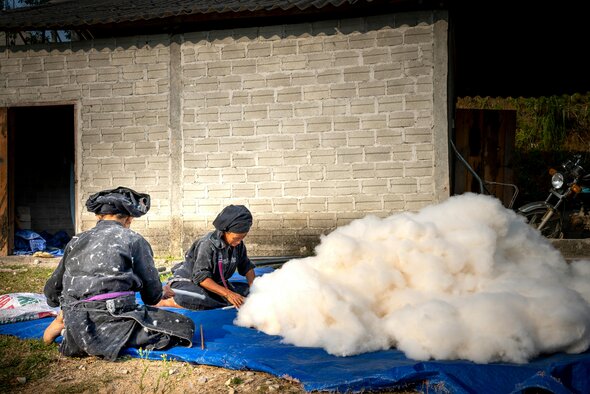Hey fashion, it’s time for a new look!
How compliance with the CSDDD Empowers Fashion Brands
The CSDDD offers a roadmap for fashion brands to embrace a brighter future! Here's how proactive compliance can empower businesses:
1. Financial Security: Aligning with the CSDDD reduces risks of hefty fines and potential legal action, ensuring financial stability.
2. Competitive Advantage: Consumers are drawn to sustainable brands. Compliance demonstrates a commitment to responsible practices, boosting brand image and attracting eco-conscious customers.
3. Public Recognition: Meeting CSDDD standards could lead to opportunities for public contracts, opening doors to new markets and partnerships.
4. Future-Proofing: Building a sustainable supply chain lays the groundwork for long-term success in a world increasingly focused on environmental and social responsibility.
The CSDDD isn't just about avoiding penalties, it's a chance for fashion brands to lead the way in creating a more responsible and thriving industry which operates in a way that benefits and protects people and the planet.
Leveraging CircKit for green claims compliance
CircKit can be a valuable ally in substantiating your green claims. By offering true visibility into the impact of your products, CircKit can automatically generate and compare Life Cycle Assessments (LCAs) for your products, demonstrating your environmental impact improvements season-to-season.
What’s more, with CircKit Publish, you can shout about your sustainability stats with full confidence across your sales channels using Green Claims-compliant widgets and plugins to show consumers all the positive changes you’ve made as a brand! It’s all about progress over perfection.
The EU’s Green Claims Directive is a game-changer for the fashion industry, pushing for transparency and genuine sustainability. By understanding and complying with this directive, fashion marketers can not only do their part in staying ahead of legislation but can also contribute to building a stronger, more trusted brand in an increasingly eco-conscious market. Embracing these changes not just as a regulatory necessity but as an opportunity to lead the charge toward a more sustainable future in fashion, is the key.
Want to start making green claims that matter? Create your CircKit account to get started!
Don’t know where to get started or wish compliance reporting could be simplified?
With CircKit's powerful AI-technology, you can automate and manage Compliance for all your Corporate Social Responsibility (CSR) reporting obligations with ready-made templates in just a few clicks. Perform a top-down bottom-up analysis across social, environmental, and economic factors. In turn, also freeing you up from these lengthy admin tasks to focus more on the creative side of your business.
Create your CircKit account to get started.



